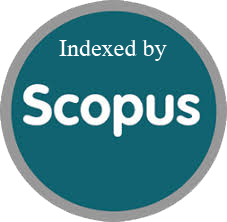Comparative study of importance of different macromolecules (Polymers) on the development of novel dosage form.
Abstract
The purpose of the current research is to reduce dosing frequency and improve patient compliance by designing and systematically evaluating sustained release microbeads of Tacrolimus. The present research high-lights the formulation and evaluation of Tacrolimus loaded microbeads prepared by ionotropic gelation and crosslinking technique by using polymers such as chitosan and xanthan gum while sodium alginate being the common polymer with a cross linking agent being calcium chloride. Formulated microbeads were evaluated for particle size, percent yield, drug entrapment efficacy, invitro release, release kinetic and stability study. In this present research influence of method on rate of drug release and concentration of polymer coat on rate of drug release from the Tacrolimus microbeads was studied. The drug and polymer compatibility was studied by FTIR studies. No significant drug-polymer interaction were observed in FTIR studies. The release studies were obtained up to 24 hrs from various batches. The in-vitro release data were fit to different equations and kinetic models to explain release profiles. The kinetic models used were zero order, Higuchi’s and Peppa’s. The correlation coefficient value (r) indicates the kinetic of drug release was zero order and the mechanism of drug release was found to be super case II transport. The microbeads were evaluated for surface morphology and shape by scanning electron microscopy (SEM).



